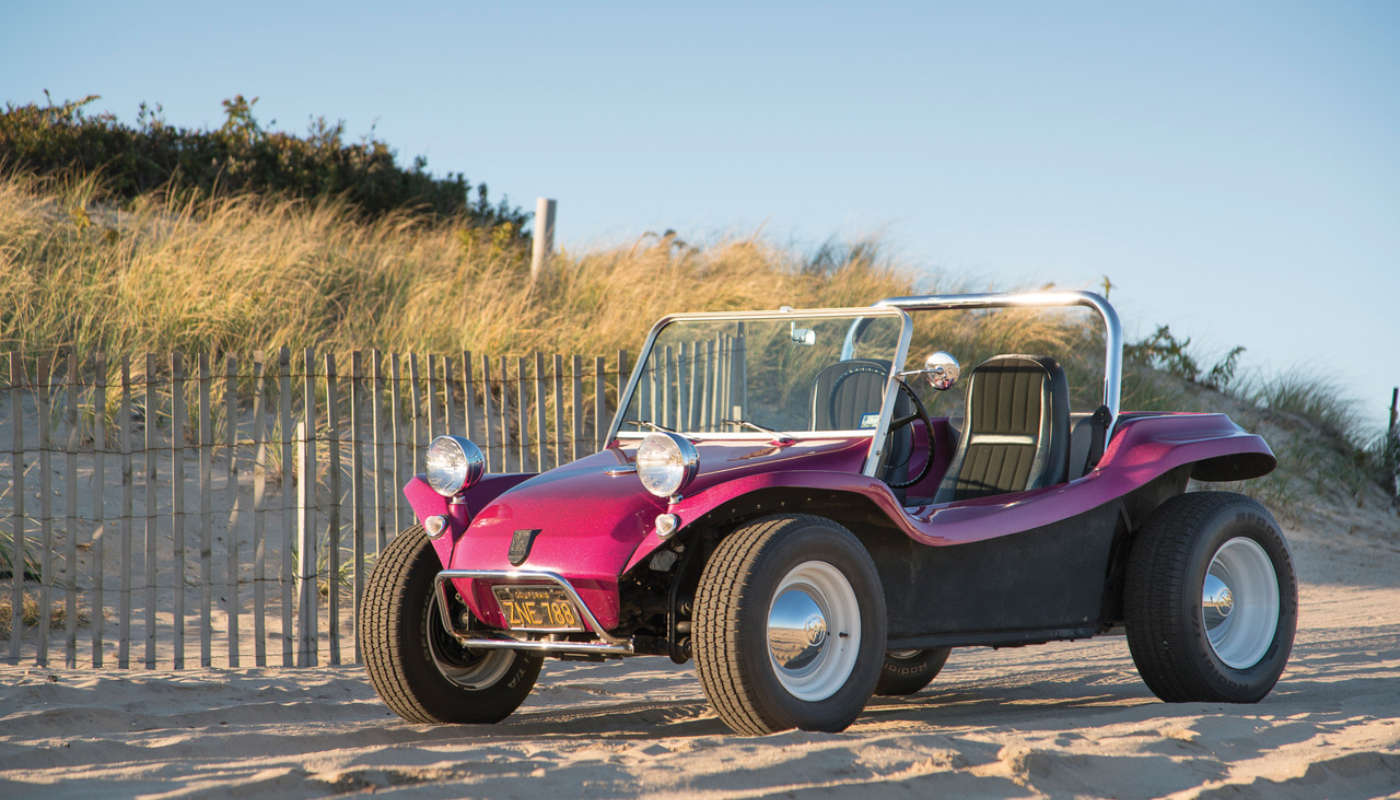
That's a Whole Lotta Manx
By Jeff Bruss
Photos by Erik Fuller ©2016, Courtesy of RM Sotheby's
Hypothetically speaking, if I told you I had a $70,000 budget and I was looking for a Meyers Manx, you'd probably assume I could put a dozen different examples in my garage. Not so fast, Sparky.
RM Auctions/Sotheby's Lot 294 at Amelia Island 2017 was listed as a 1963 Meyers Manx. Historical records indicate the first Meyers were 1964 models, so the attributed year is most likely the VW donor versus the actual Manx body, which is a 1968 per the serial number. But let's not split fiberglass hairs here. The auction notes state it underwent a $44,000 restoration in 2013. You might be thinking, "Well, that money is gone." Well, you'd be wrong. This little beach bomber fetched $68,750 – a full $24,000 more than the restoration cost. Wowser. Let's dive in.
The serial number on this unit is M2499J812E Using the special decoder ring that I retrieved from the bottom of a box of Frosted Flakes in 1979, we can determine that this car was indeed a Manx (M), numbering 2,499 in production, built in October (J, the tenth letter of the alphabet) in 1968 (the "8" follows the J) done up in beautiful fuchsia metalflake, as noted by code 12E.
Indicating only 895 miles on the vintage VDO speedometer, the presentation and condition of this Manx are near perfection. The classic Beetle steering wheel complete with Wolfsburg crest shines like new. A period EMPI aluminum shifter lets you change from park, to fun, reverse and back to fun again. The original VW engine was increased to 1,776 cubic centimeters back in the day. Weber carbs replaced the original Solex units at that same time. Other engine goodies include a Manx Sidewinder exhaust and sand seals around the flywheel.
This Series 1 Manx still sports the "Built by Haddock" emblem along with all the original Manx affixations. Haddock, as in George Haddock, was an early Manx pioneer who enjoyed modifying and racing the beach buggies out of his Santa Ana, California shop. The original fuschia color has been maintained on what appears to be near perfect sparkly fiberglass. The interior was also restored to a very nice level.
Despite the Concours restoration on a fiberglass dunie, $70,000 is still a lot of dough for a Manx. The serial number indicates nothing truly special about the car itself. Perhaps a Manx historian can fill us in on the Haddock significance, if any exists. Truth be told, I've never seen a nicer Manx, but I've never seen a pricier one either. If you feel like sinking 40 grand into your old Manx, it looks like you could do okay.

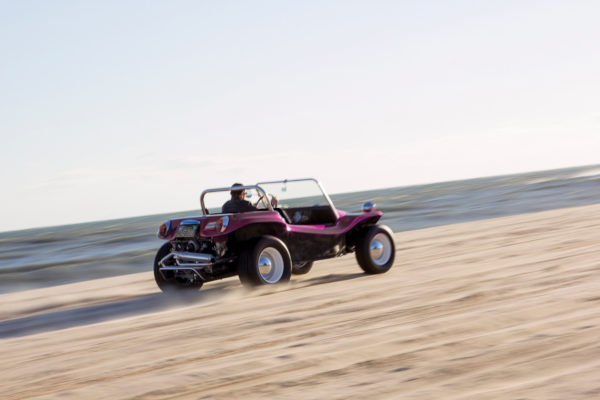
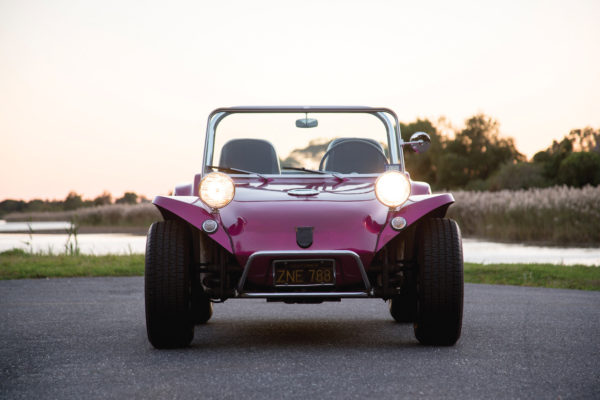
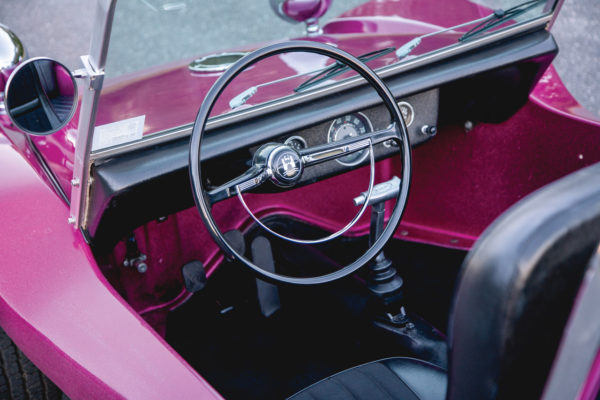
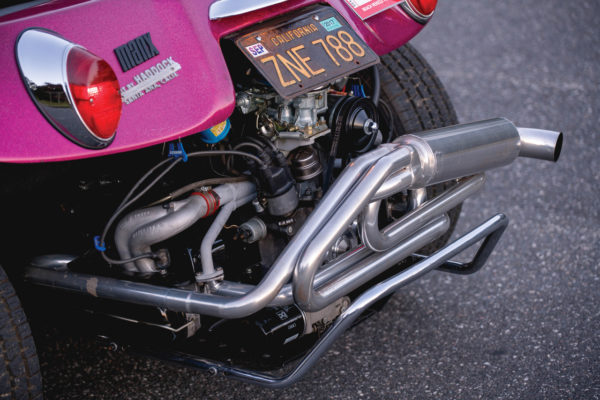
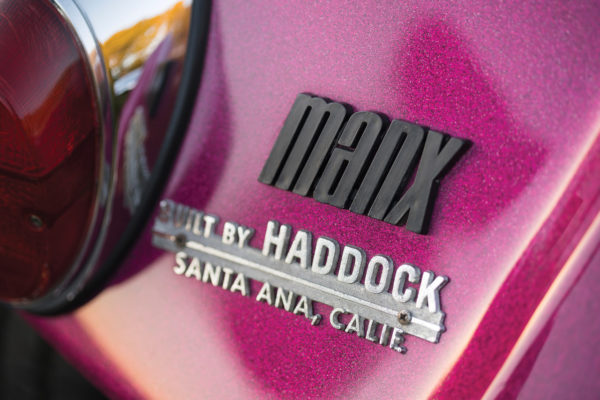
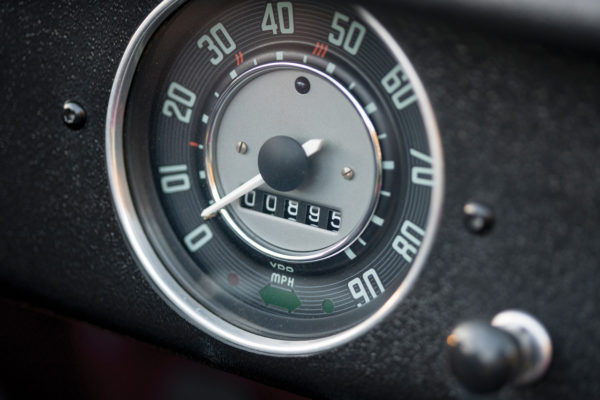
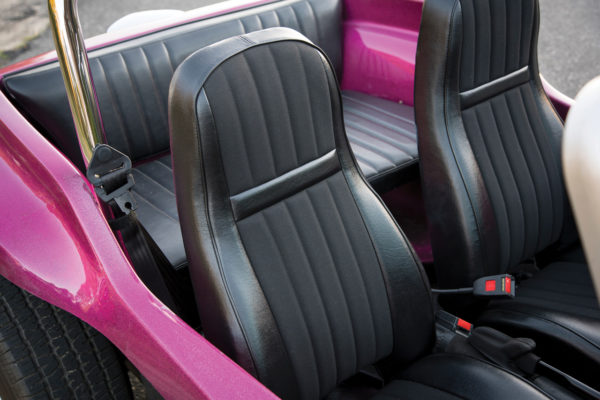
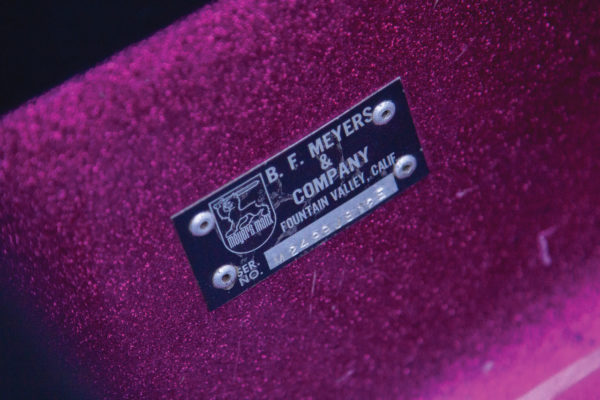
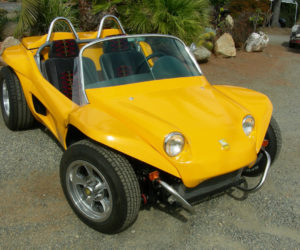
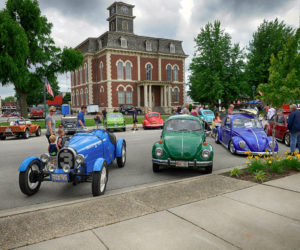

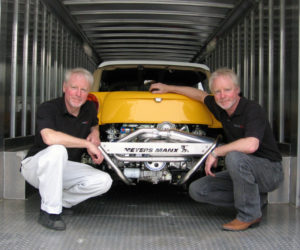
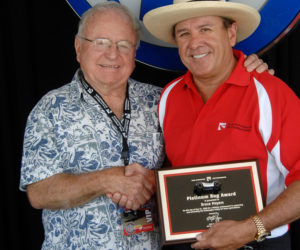
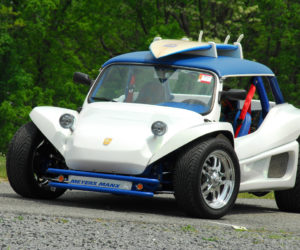




Comments for: That's a Whole Lotta Manx
comments powered by Disqus